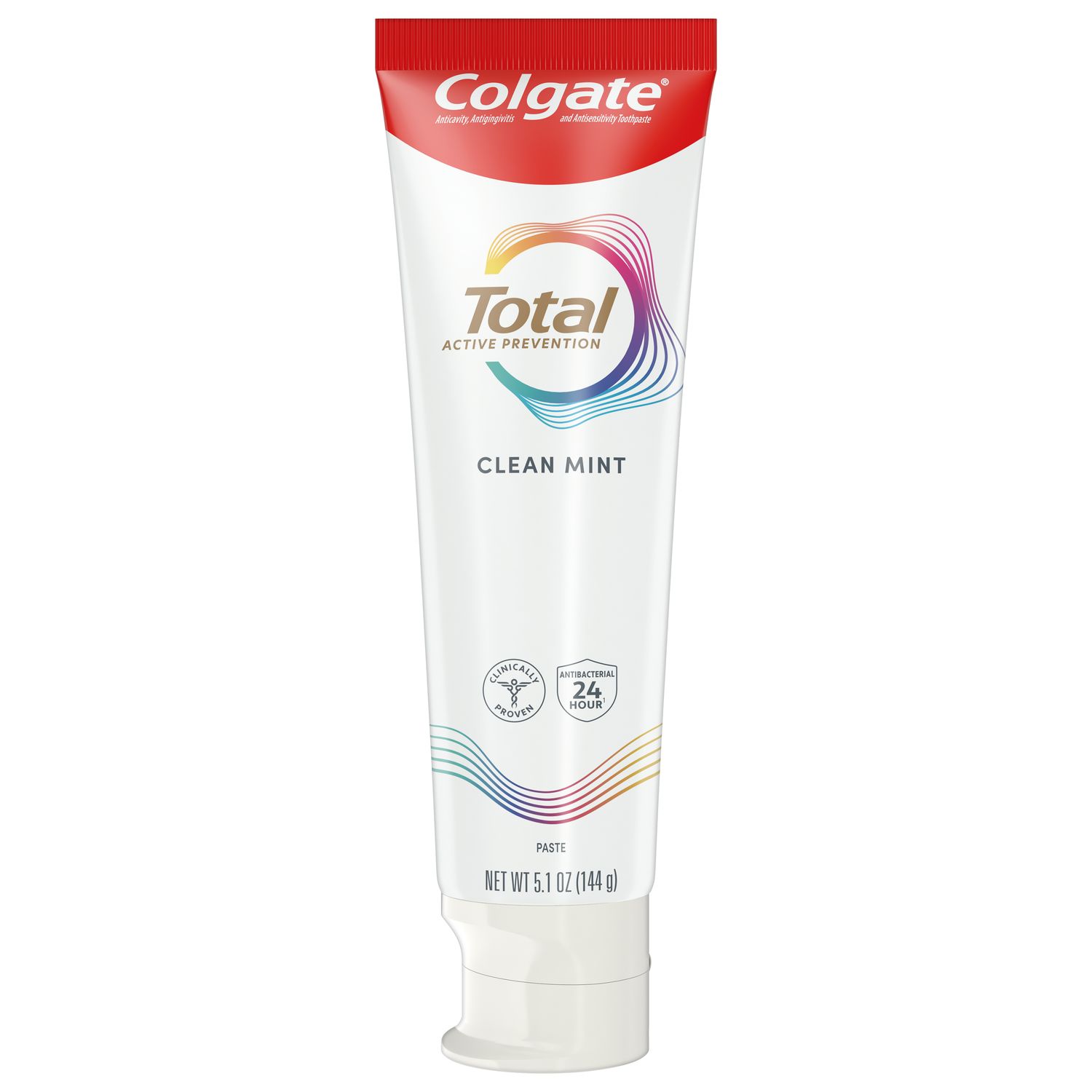
It's your job to help patients understand why a periodontal appointment is necessary. Here are a few tips for getting the message across.
Dental hygienists know the difference between recall appointments, aka a "cleaning," and periodontal appointments. But do you know if your patients can tell one from the other? The truth is they probably can't, unless they've gone through periodontal treatment in the past. Even then, many patients still don't know the difference, and it's your job to help them understand why a periodontal appointment is necessary. Here are a few tips for getting the message across.
Make Sure You Have Their Attention
It's important that you have your patients' full attention when you talk to them about any necessary treatment. To start, be sure that your patients are seated upright in the chair. They will sense that you care about them because you are taking the time to speak to them directly. Patients will feel less intimidated and are more likely to understand what you are talking about, as you walk them through their next steps, beyond a routine "cleaning."
Stay Away From Dental Lingo
When you speak in terms that patients hear every day, they will be more likely to understand what you are communicating. For example, if you say that you are going to probe the gingival tissue to see if there are any periodontal pockets, patients will most likely have no idea what you're talking about. Instead, you could compare your probe to a ruler that measures in millimeters. Tell patients that you are going to do an evaluation of the gums using the probe to help chart the overall health of their mouth. Explain that these findings will help determine the right course of treatment, because they may require more than a routine "cleaning" to address the gum issues. If it seems as if your patients still have not received the message, you may need to try again with a different example, until they truly understand what you are suggesting.
Utilize Visual Aids
Even if you explain clearly, it may be difficult for patients to visualize the situation. Colgate's site, Colgate Professional, features some great videos and visual aids that can help bring your chairside conversations to life. Topics include oral conditions, treatments and home care. Show your patients a photo of a healthy mouth and then compare it to a photo of a mouth with periodontal disease. When patients can see what periodontal disease is, it is easier for them to understand that a routine "cleaning" will not achieve optimal oral health. Colgate's website also contains a Gum Health Physical tool that you can use to give patients a report on their gum health, risk factors, the treatment they received, and home care recommendations to help them improve their oral hygiene. You can also refer patients to the American Dental Association for further information on periodontal disease and signs of periodontal disease that they can monitor at home.
Make a Game Plan Together
It is important to communicate that periodontal care is not just an in-office treatment. Explain to your patients that while you will do everything in your power to care for them during their office visits, they must commit to daily periodontal home care. Make a verbal agreement with them to commit to change, and discuss any challenges they might have to follow through with it. You might advise a particular patient that his/her best option for at-home periodontal care should include an electric toothbrush, water flossing and an antimicrobial rinse. Tailor your advice for each patient. Be sure to follow up at each visit on how the daily home care is going. If patients fall behind on their commitments, give them a gentle reminder of the plan and encourage them to get back in the game.
Takeaways
- Have patients seated upright when you communicate with them.
- Use common terminology and visual aids to help patients see the whole picture.
- Form verbal agreements to help patients follow through.
Why It's Valuable
Dental hygienists want their patients to understand that when disease is present, they will only be able to achieve optimal oral health through the proper course of treatment both in the office and at home. When you take the time to communicate, using appropriate terminology and visual aids, patients will understand that a routine "cleaning" is not always enough.
Join us
Get resources, products and helpful information to give your patients a healthier future.
Join us
Get resources, products and helpful information to give your patients a healthier future.












